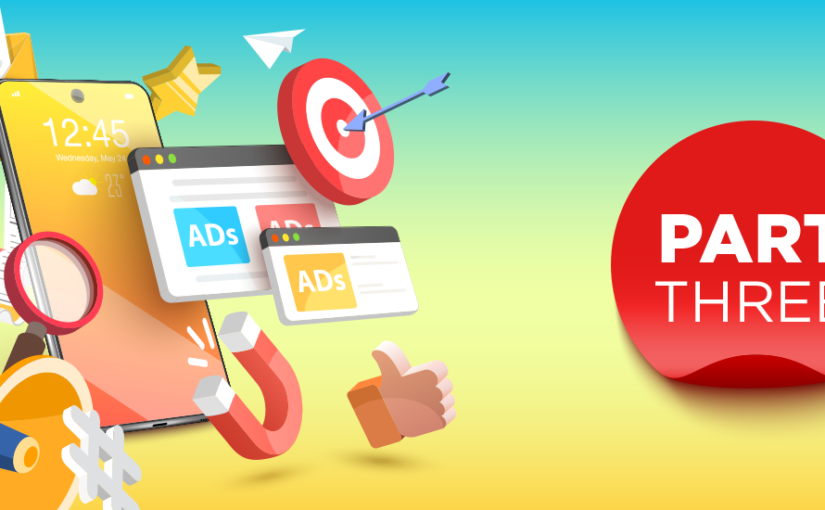Specific tips for B2B marketers
Google’s approach to advertising has been intended to simplify and streamline several aspects in order to make it easier for non-experts to get good advertising results. This approach has relied more on Google’s artificial intelligence mechanisms, which work well at large scale and when presented with a great set of data in order to work with. When one or both of those is not true, advertisers can run into some challenges.
In the first two parts of our 3-part series, we talked about the evolution of Google’s approach, some of the challenges that this poses for both B2C and B2B advertisers, and what you can do about it in order to get the best results. In this article, and the third and final part of our series, we’re going to focus on B2B advertisers, who may run into some unique challenges based on Google’s evolving approach to advertising.
The unique challenges for B2B advertisers
As we explored earlier, Google’s combination of privacy mitigation and increased usage of automation through its Smart Bidding features has made it more difficult to target granular keywords and audiences. Because B2B marketers generally operate in a low-volume, high value sales environment, spending advertising dollars on the wrong sales targets can be extremely detrimental.
Additionally, the attribution methods that Google Ads uses to determine what a “good” audience is for your ads can cause particular challenges for B2B advertisers. Some of this is due to the fact that the time that a lead first enters the sales and marketing funnel to the time they end up becoming a customer can be a long time. This means there are many different touchpoints that a lead may go through. Unless Google is specifically fed attribution information, it tends to simplify based on first-touch or last-touch and misses many points in between.
This also means that some of your B2B marketing may be very good at generating leads that enter the top of the sales and marketing funnel, but are simply not good potential customers for one reason or another. Unless Google knows this, its machine learning will assume that because a user “converts” into a lead, they must be the audience you are after. Only by letting Google know that, despite an initial click on an ad, they turned out to not be an ideal audience can you get better results and a more full-funnel view of attribution.
Additionally, and to make matters more challenging, Google uses a lookback window with over a given period of time which may also cause conversions to be left out of its determinations. This is particularly problematic if the sales cycle for your B2B customers is particularly long, and may fall outside this window.
What is the solution to this, then? Use a tool that allows you to get better customer insights, and helps provide guidance on what campaigns are performing best for awareness, consideration, and conversion stages. While this is also true for B2C marketers, those in the business to business market will find that data hygiene and data quality are absolutely critical to success with Google Ads. Because there is a lower volume of data to begin with in B2B marketing (versus Business-to-Consumer), the quality of the data becomes that much more important in order to steer Google’s artificial intelligence in the right direction. Additionally, our ‘Marketer Spend View’ is based on when the ad spend occurred and what conversions were caused, based on the ad spend. This means that Attribution won’t cut out any conversions based on an arbitrary lookback window.
Solution for B2B Marketers
There isn’t a simple fix for B2B marketers to just get more volumes of data in order to illustrate what an ideal customer behaves and looks like. Instead, as mentioned above, the solution for B2B marketers to have greater success with Google Ads is to increase the quality of their data, not the quantity. This is where tools like Attribution can be incredibly helpful. By providing the best possible information to Google Ads regarding multi-touch marketing attribution and what successful customer conversations look like (not just initial clicks on ads that turn into bad leads), you can feed high-quality data into their platform and get better outputs.
As you can see, there are challenges for B2B marketers in having success with Google Ads, but, savvy advertisers can still find success by getting access to the best possible attribution data and feeding it into Google’s platforms.
We hope you enjoyed this 3-part series, and got some valuable insights in the process. Being successful with Google advertising is critical to many businesses, and having the right tools at your disposal can help you achieve it. Getting the best possible multi-touch attribution data from your combined channels through Attribution can be a great way to do just that.
For more information, read more about Attribution or contact us.
